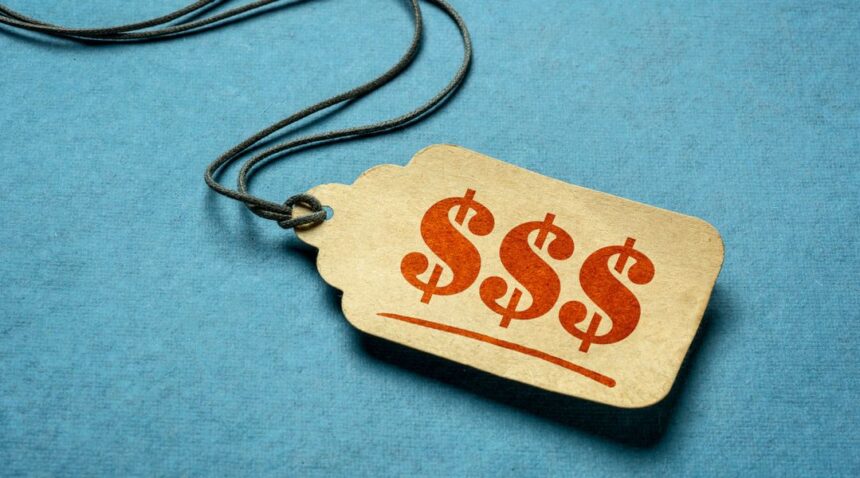Commentary
Individuals are often portrayed as having a fixed value scale ingrained in their minds that guides their selection of goods. This fixed value scale is believed to be consistent at all times. Consequently, attempts are made to extract this value scale through questionnaires or psychological tests, with the aim of efficiently allocating scarce resources based on these values.
The belief in a fixed value scale forms the basis of the simplistic supply-demand curve model. According to this model, a specific quantity of goods will be supplied and demanded at a given price.
Based on the law of declining marginal utility and a constant valuation scale, it can be inferred that as the price of a good decreases, the quantity demanded increases while the quantity supplied decreases. This leads to the equilibrium price where supply equals demand.
The supply-demand curve model does not account for entrepreneurs. Instead, curve shifts are attributed to various factors. Additionally, the model assumes that prices are fixed, prompting the question of the source of these prices.
In setting prices, suppliers must consider covering costs and generating profit. The buyer’s subjective evaluation ultimately determines if the price set by the supplier will be accepted, not just the production costs.
If the supply of a good increases, suppliers may lower prices to attract new buyers. This expansion of means allows individuals to improve their living standards. While the profit per unit may decrease, total profit can increase due to higher sales volume.
Therefore, the supplier now has a larger pool of resources and can set new objectives. This expansion of resources has led to an improvement in the quality of life for both the seller and the buyers.
So, what exactly does the term “equilibrium price” mean, as defined by mainstream economists as the point where supply and demand intersect? The equilibrium price is reached when a supplier sets a price that attracts enough buyers for their goods. As a result, once the seller sells their goods in exchange for money or other goods, they have achieved their goal of improving their life. This is what is referred to as reaching “equilibrium.” Similarly, the buyer who uses their resources to purchase the seller’s goods has also improved their life and reached their own equilibrium.
Contrary to common belief, prices are not determined by an unchanging mental value scale, but by individuals striving to achieve their goals. It is the subjective preferences of individuals that ultimately determine the importance of different ends and, subsequently, set the price of goods.
The views expressed in this article are the opinions of the author and do not necessarily reflect the views of The Epoch Times.
Source link






